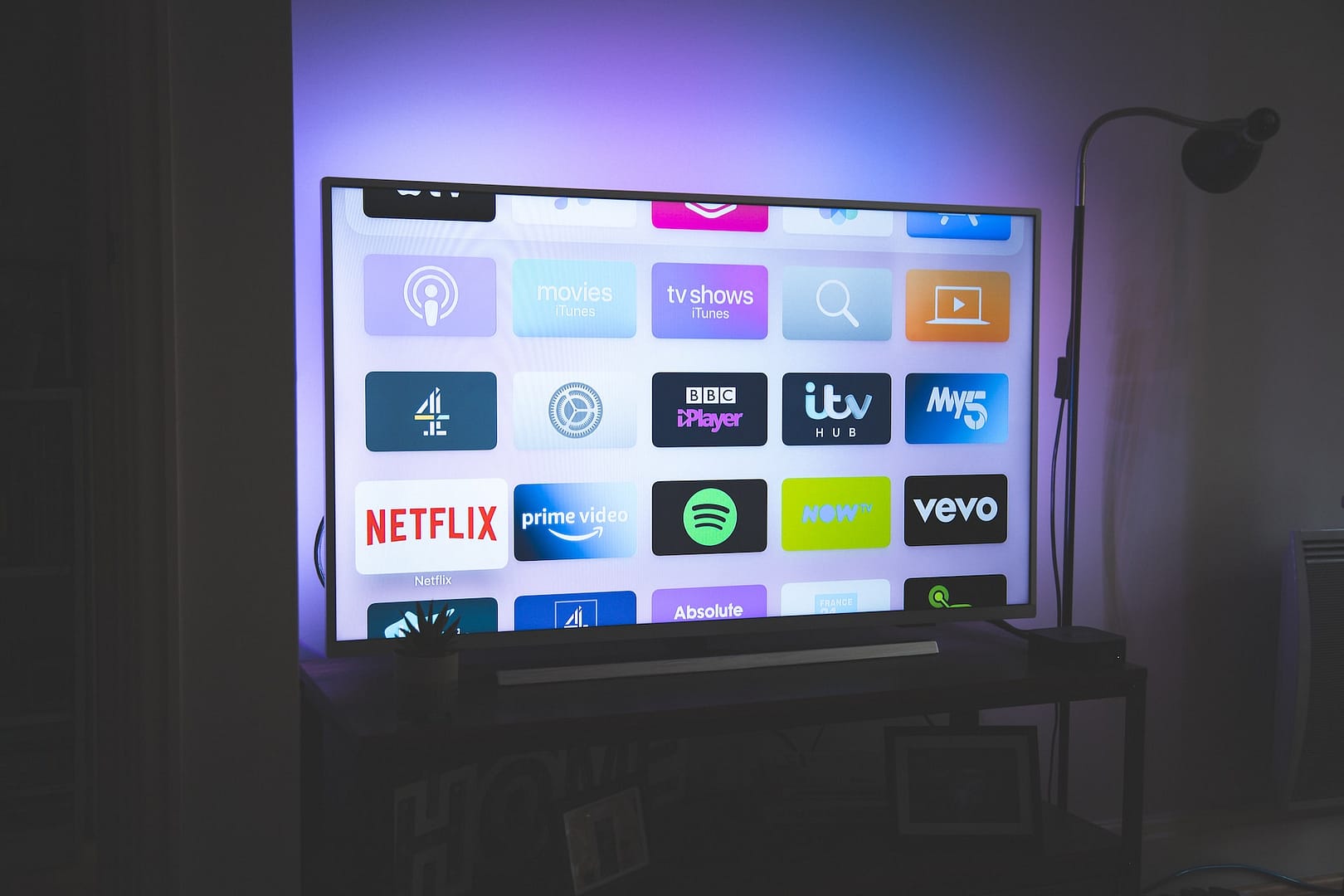Television has always been a medium that connects people to the world, offering a window into different cultures, languages, and perspectives. With the advent of IPTV (Internet Protocol Television), this global village of content has expanded even further, giving viewers access to a wealth of both local and international programming. In this article, we’ll explore how the best iptv service providers successfully cater to the diverse tastes and preferences of their audiences.

The Global Appeal of IPTV
IPTV has democratized access to television content, allowing viewers to choose from a wide array of channels and shows. While this democratization is a boon for content diversity, it also presents a unique challenge for IPTV providers: how to cater to the diverse tastes and cultural backgrounds of their viewers.
How IPTV Providers Are Rising to the Challenge
Fortunately, IPTV providers are rising to the challenge by offering content that is tailored to specific groups. For instance, some IPTV providers have embraced the concept of regional programming, offering channels and shows from a particular region that speak directly to their local markets. Here are some other ways that providers are meeting the needs of their diverse audiences:
Local Content: The Heart of the Community
Pros:
Local content is the beating heart of any community. IPTV providers understand the importance of preserving and promoting local culture and language. They offer local news, regional programming, and culturally relevant content that resonates with their viewers.
Cons:
The challenge lies in balancing local content with international offerings. Overemphasizing one at the expense of the other can lead to a disconnect with a portion of the audience. Striking the right balance is crucial.

International Content: The Window to the World
Pros:
IPTV providers recognize the curiosity and interest viewers have in exploring content from other countries. They offer international channels, movies, and documentaries that broaden horizons and provide a global perspective.
Cons:
International content can sometimes feel distant or out of touch with local audiences. IPTV providers must curate their international offerings carefully to ensure relevance and engagement.
Customizable Packages
Pros:
IPTV providers often offer customizable packages, allowing viewers to choose the mix of local and international content that suits their preferences. This flexibility ensures that viewers have control over their viewing experience.
Cons:
Creating customizable packages can be complex, requiring robust content libraries and advanced subscription management systems.
Language Options
Pros:
IPTV providers offer multilingual options, including subtitles and audio tracks in various languages, making international content accessible to a wider audience.
Cons:
Managing multilingual content can be challenging, from ensuring accurate translations to synchronizing audio and subtitles.
Content Recommendation Algorithms
Pros:
IPTV providers use advanced algorithms to analyze viewers’ preferences and suggest relevant content. These algorithms consider both local and international options, helping viewers discover new shows and movies aligned with ther interests.
Cons:
Relying too heavily on algorithms can sometimes result in viewers being stuck in content bubbles, limiting their exposure to diverse content.
In Conclusion
IPTV providers are weaving a rich tapestry of content that reflects the diverse interests, cultures, and backgrounds of their viewers. They understand that local content keeps communities connected, while international content broadens horizons and fosters cultural exchange. The future of IPTV lies in striking the right balance between local and international content, offering viewers a comprehensive and personalized viewing experience. As IPTV continues to evolve, one thing is clear: it’s not just about watching television.

